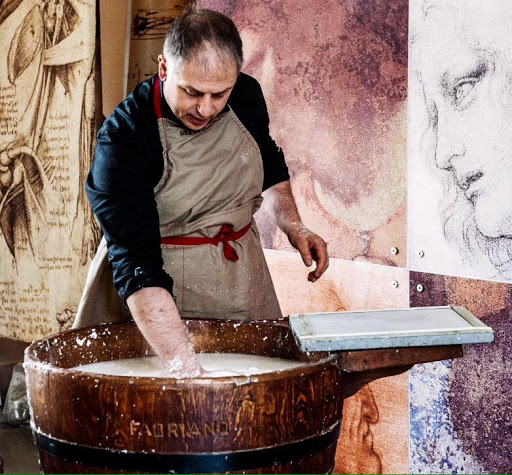Green hills, breathtaking landscapes, art that makes you feel like love at first sight and, finally, a glass of wine to complete the picture. This is Tuscany, these are its crown jewels. And the Wine Roads, tourist routes with leisure, cultural, and environmental significance, want to tell these Tuscan excellence in the best way, making visitors live a real experience.
Wine Roads in Tuscany
Chianti is a symbol of Tuscany, its essence. There are various Wine Roads dedicated to it: Colli Fiorentini, which extends from Montelupo Fiorentino to Fiesole and Impruneta, and the Chianti Classico wine road in the area of Greve in Chianti, Poggibonsi and San Casciano Val di Pesa. Touristic routes of wine continue between Mugello and Casentino where you can travel the “Strada dei Vini Chianti Rufina e Pomino“, one of the oldest wine producing areas.
A little bit north of there, in the province of Massa-Carrara, it’s possibile to discover Strada del Vino dei Colli di Candi e di Lunigiana della Toscana, well-known for its white wine: Candia. In the Lucca Region, instead, between the Versilian sea, the mountains of the Apuane Alps and the wonderful historicaltowns such as Lucca, stands Strada del Vino delle Colline Lucchesi e Montecarlo: along this wine and food route tourists can discover and taste all the specialities of this corner of Tuscany.
Also Prato has its own wine road, set up to protect and promote the Carmignano Wine, whose rediscovery in recent years has generated a growth both in terms of quality and quantity produced. Wine Roads seem to be endless, at least in Tuscany. In fact, between San Miniato and Pisa there is Strada del Vino Delle Colline Pisane. A route characterized by small towns and ancient villages where tourists can taste a glass of delicate red Chianti or a white wine, Bianco Pisano di San Torpé e Colli dell’Etruria Centrale, with an harmonious and delicate flavor.
Art, history and good drink. It’s with these premises that Strada del Vino Chianti di Montespertoli shows up, considered as one of the capitals of Tuscan wine, where the excellent Chianti Colli Fiorentini and Chianti Montespertoli are produced. In surrounding areas we find Strada del Vino Vernaccia di San Gimignano, created in order to facilitate contact between wine-tourists and the productive reality of this ancient Tuscan village. Then we find Strada del Vino Terre di Arezzo, that extends for more than 200 kilometers, on a route going through Valdarno, Valdichiana and Casentino. A territory that can boast a DOCG wine such as Chianti Colli Aretini and 3 DOC, in addition to legumes, cheeses and other high-quality gastronomic products.
Moving towards the sea we find another wine road: Strada del Vino Costa degli Etruschi. Stopping here and tasting a glass of a legendary wine, Sassicaia, is almost an obligation, a sort of a moral duty. A celebratory ritual to honor the beauty of untouched green spaces, medieval villages and amazing beaches of the Elba Island. The Wine Roads tour appears almost to be finished but instead starts again, with a slow but firm pace, towards the hills of Alta Maremma in Grosseto, where Strada del Monteregio di Massa Marittima is located. Then there’s Strada del Vino Montecucco in the hinterland of Monte Amiata, a stunning hilly route, and then we arrive to Strada del Vino Colli di Maremma, where the famous Morellino di Scansano Bianco di Pitigliano is produced.
Finally, as the last stop, Strada del Vino Nobile di Montepulciano, the growing area of one of the icons of Tuscan Wine, Brunello di Montalcino. Here is where the journey discovering Tuscan Wine Roads ends: routes where the secular culture of food and wine is combined with the beauty of nature with exceptional results.




